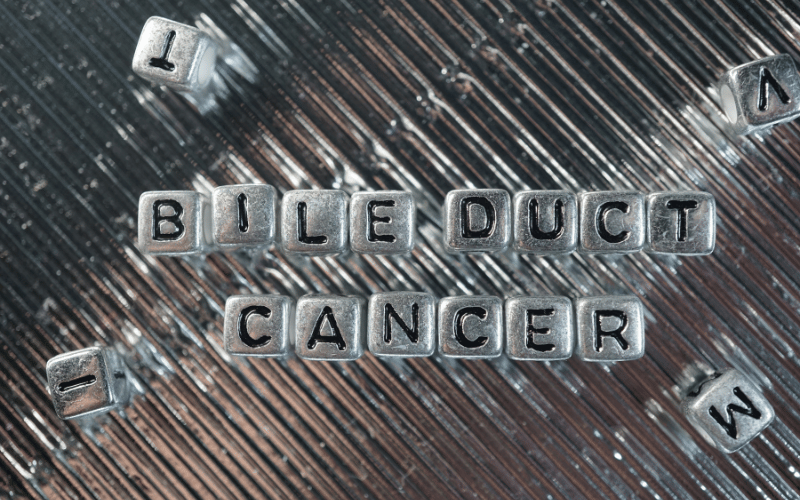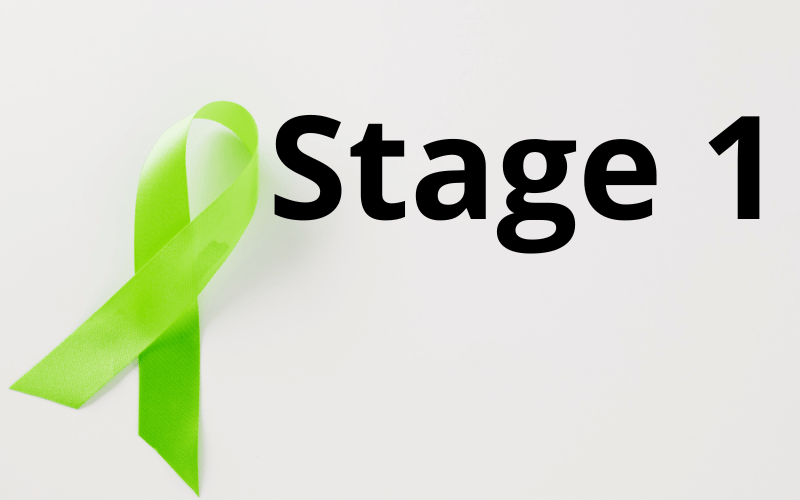Introduction: The Journey of Understanding Cholangiocarcinoma

Cholangiocarcinoma, while often overshadowed by more frequently discussed forms of cancer, holds significant importance due to its aggressive nature. To those unfamiliar, this term represents what many know as bile duct cancer. Positioned within the body’s intricate system, the bile duct plays an essential role in transporting bile from the liver to the intestine. This bile aids in digesting fats, making the bile duct not just a conduit, but a vital organ for overall health.
Diving deeper, cholangiocarcinoma’s existence poses a severe challenge to the medical community and patients. Despite being categorized as a rare cancer, its impact on affected individuals is profound. As with other cancers, one of the key aspects that patients, their families, and clinicians seek clarity on is its progression, divided into stages. These stages not only signify the cancer’s severity but also guide therapeutic decisions and, often, predict outcomes.
Why the stages? For many diseases, progression is linear. But cancer, with its unpredictable nature, doesn’t always play by those rules. By understanding each stage, one can anticipate what’s next, making the journey, though arduous, a bit more predictable.
In this piece, the curtains will be drawn on each of these stages, spotlighting their characteristics, treatments, and more. But before we delve into them, it’s pivotal to grasp why understanding these stages is quintessential.
Stage 1: Localized Growth

Jaundice is often the first harbinger of cholangiocarcinoma in its early phase. Patients frequently overlook this sign, associating it with less serious conditions. However, a keen eye will notice a subtle yellowing of the skin and the eyes. This is the consequence of bile accumulation. The bile, which usually aids in digestion, is obstructed by the growing tumor. As a result, it gets redirected into the bloodstream, leading to this distinct yellowish tint. It’s vital for folks to be vigilant, and if they observe this yellow hue persistently, even if subtle, they should consult a medical professional.
The bile duct plays an integral role in giving feces its characteristic brown color. In Stage 1 cholangiocarcinoma, one might begin to observe a deviation from this norm. The stools might start looking unusually light, often comparable to clay in hue. Such a significant alteration, even if it seems benign, shouldn’t be dismissed. Given the role of bile in the digestive process, a change in stool color is a direct indication of its restricted flow, hinting at potential issues in the bile duct.
Urine provides another essential clue at this stage. It’s common knowledge that dehydration can darken the hue of urine. But in cases where the individual is well-hydrated, yet observes a persistent amber shade, it’s a cause for concern. This color change can be attributed to the excessive bile pigments now present in the bloodstream. These pigments, when processed by the kidneys, give urine this darkened hue. It’s a signal that the body is trying to communicate an underlying problem, and one would do well to heed it.
Many might dismiss an occasional itch as a minor skin irritation. However, in the context of early-stage cholangiocarcinoma, even a slight itchiness might be significant. Elevated bile salts present in the bloodstream due to the tumor can irritate the skin, leading to this itching. Over time, this can escalate from a mild, occasional itch to a more constant and nagging sensation. It’s crucial to be in tune with one’s body and to note such changes, especially if accompanied by the other symptoms listed.
What makes the early stage of cholangiocarcinoma particularly challenging is its stealthy nature. The symptoms, while noticeable, can easily masquerade as indications of less severe conditions. From fatigue that’s often dismissed as a result of a hectic routine, to the more noticeable jaundice that’s sometimes misattributed to other liver conditions, the disease is a master of deception. It’s of utmost importance to pay heed to these subtle changes, especially if they persist. Early detection can be the difference between a manageable condition and a severe health crisis. (1)